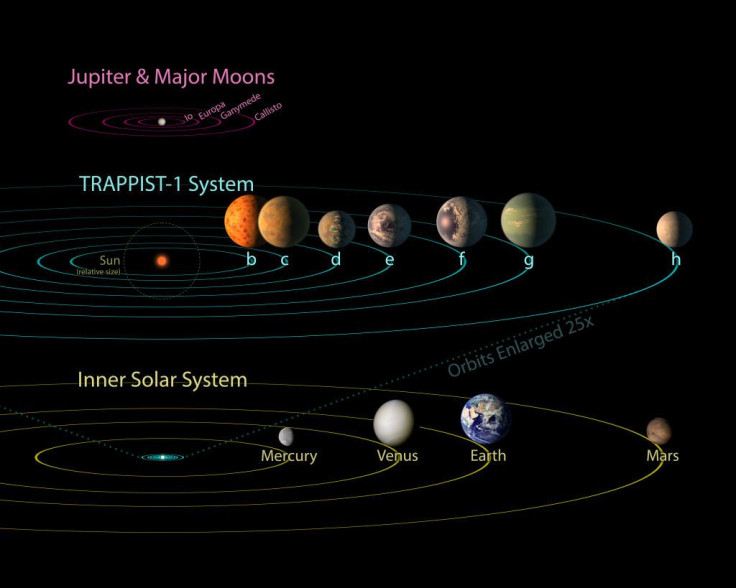Mercury, Venus 'Dust Rings': New Discoveries Could Shake Up Inner Solar System Theories

It seems dust can also accumulate in space like in normal homes here on Earth. Two new studies revealed the existence of dust rings circling close to the Sun and how these collections of particles came about.
One study published in The Astrophysical Journal suggested that Mercury, like Earth and Venus, is sharing its orbit with a big ring of wandering dust. And a second paper revealed that a similar dust ring in Venus' orbit may have been formed by a cloud of as-yet-undiscovered asteroids.
“It’s not every day you get to discover something new in the inner solar system,” Marc Kuchner, an author on the Venus study and astrophysicist at NASA’s Goddard Space Flight Center in Greenbelt, Maryland, said in a statement on NASA's website. “This is right in our neighborhood.”
You don’t have to go to Black Rock Desert to experience the dust — there is plenty dispersed throughout our solar system! Rings of dust trace our planets' orbits around the Sun. Recent discoveries are providing clues on the birth of planets. Get dusty: https://t.co/QTcH7PhuvI pic.twitter.com/qGaVNflEcf
— NASA (@NASA) March 12, 2019
It was previously discovered that Earth and Venus are orbiting side by side with rings of dust as their powerful gravitational forces collected these particles. However, Mercury was believed to have no dust ring sharing its orbit.
Guillermo Stenborg, a solar scientist at the Naval Research Laboratory in Washington, D.C., explained that the planet nearest to the Sun was thought to be "too small and too close" to our solar system's star to be able to form a dust ring in its orbit. Scientists apparently theorized that the Sun's solar wind and magnetic forces would prevent Mercury from collecting particles.
With the use of images captured by one of NASA's twin Solar and Terrestrial Relations Observatory (STEREO) spacecraft, however, they found that there is indeed a dust ring around Mercury that's about 9.3 million miles (15 million kilometers) wide, according to the study.
"It wasn't an isolated thing," co-author Russell Howard, also a solar scientist at the Naval Research Laboratory, said in the same statement. "All around the sun, regardless of the spacecraft's position, we could see the same 5 percent increase in dust brightness, or density. That said something was there, and it's something that extends all around the sun."
In a second paper published in The Astrophysical Journal Letters today, Kuchner and fellow NASA Goddard astrophysicist Petr Pokorný offered a new explanation as to where Venus' dust ring came from.
The Venus-orbit halo is 6 million miles (10 million km) wide, but extends 16 million miles (26 million km) from top to bottom. Despite its size, however, the dust in it would only form an asteroid about two miles (3.2 kilometers) wide if packed together.
As for what gave rise to it in the first place, the scientists proposed that the dust ring was created by yet-to-be-discovered asteroids orbiting the Sun in Venus' path.
Kuchner and Pokorný created a model showing 10,000 hypothetical asteroids in Venus' orbit and what happened to them over the course of our solar system's 4.5-billion-year history. According to their simulation, around 800 asteroids survived to the present day. This suggested that there might indeed be some undiscovered space rocks sharing Venus' orbit.
The asteroids may have escaped notice since no one had been looking for them specifically in the first place. But Pokorný said that NASA's technology today, particularly the Hubble Space Telescope, could likely find the population of space rocks in the future if they do exist.
© Copyright IBTimes 2024. All rights reserved.





















